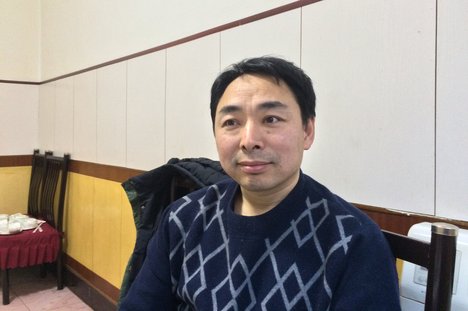(p. B3) NAIROBI, Kenya — Mohammed Rahman doesn’t know it yet, but his small farm in central Bangladesh is globally significant. Mr. Rahman, a smallholder farmer in Krishnapur, about 60 miles northwest of the capital, Dhaka, grows eggplant on his meager acre of waterlogged land.
As we squatted in the muddy field, examining the lush green foliage and shiny purple fruits, he explained how, for the first time this season, he had been able to stop using pesticides. This was thanks to a new pest-resistant variety of eggplant supplied by the government-run Bangladesh Agricultural Research Institute.
Despite a recent hailstorm, the weather had been kind, and the new crop flourished. Productivity nearly doubled. Mr. Rahman had already harvested the small plot 10 times, he said, and sold the brinjal (eggplant’s name in the region) labeled “insecticide free” at a small premium in the local market. Now, with increased profits, he looked forward to being able to lift his family further out of poverty. I could see why this was so urgent: Half a dozen shirtless kids gathered around, clamoring for attention. They all looked stunted by malnutrition.
. . .
I, . . . , was once in [the] . . . activist camp. A lifelong environmentalist, I opposed genetically modified foods in the past. Fifteen years ago, I even participated in vandalizing field trials in Britain. Then I changed my mind.
After writing two books on the science of climate change, I decided I could no longer continue taking a pro-science position on global warming and an anti-science position on G.M.O.s.
There is an equivalent level of scientific consensus on both issues, I realized, that climate change is real and genetically modified foods are safe. I could not defend the expert consensus on one issue while opposing it on the other.
For the full commentary, see:
MARK LYNAS. “How I Got Converted to G.M.O. Food.” The New York Times, SundayReview Section (Sun., APRIL 26, 2015): 5.
(Note: ellipses, and bracketed word, added.)
(Note: the online version of the commentary has the date APRIL 24, 2015.)


